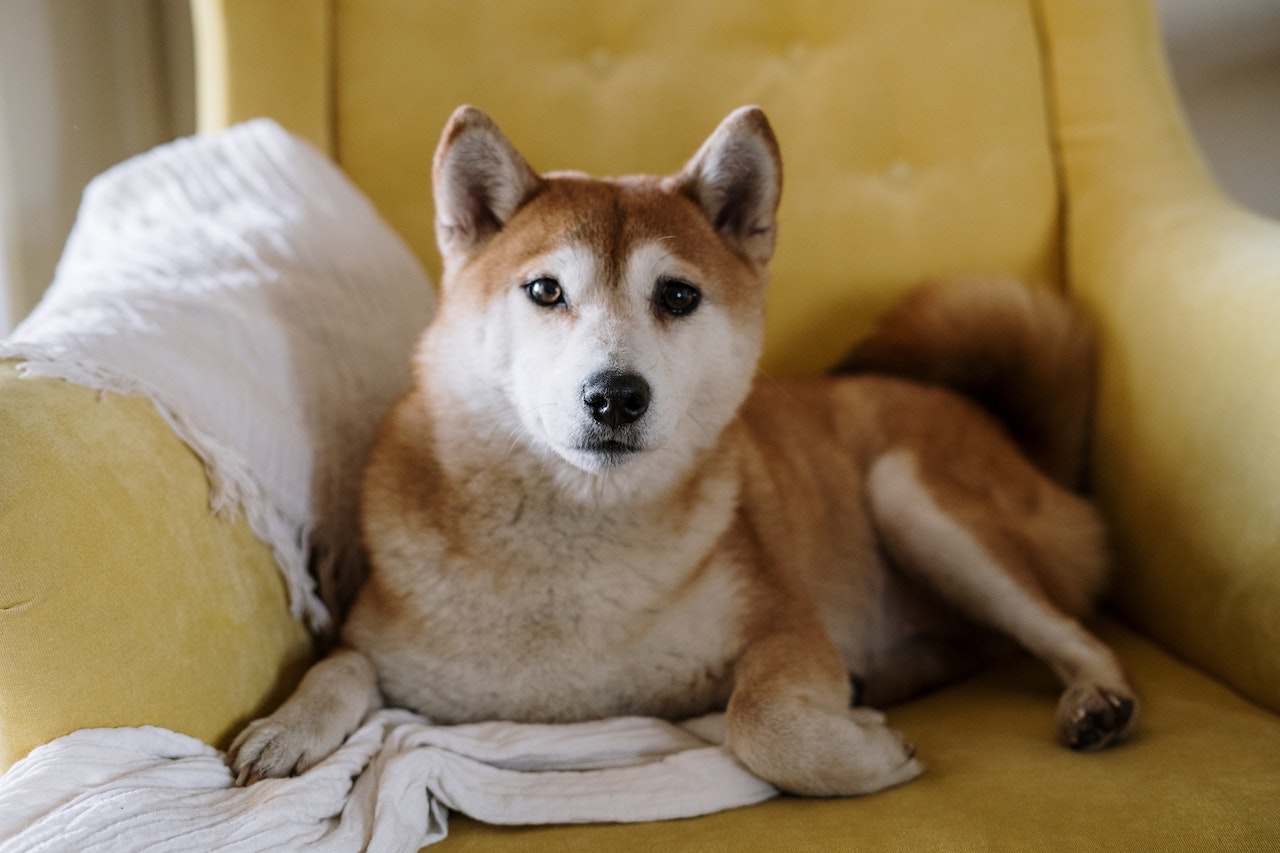
Since many Japanese dog breeds have similar characteristics, it’s not always easy to tell them apart.
We could spend all day discussing the many different kinds of dogs that originated in Asia. However, we will be concentrating on the most popular dog breeds in Japan. (Many of their names include the Japanese word for “dog,” “Inu,” as the second word.)
THE MOST COMMON JAPANESE DOG BREEDS
Here is a list of dog breeds in Japan. If you want to make a friend from the land of the rising sun, you can use this article as a reference.
AKITA INU
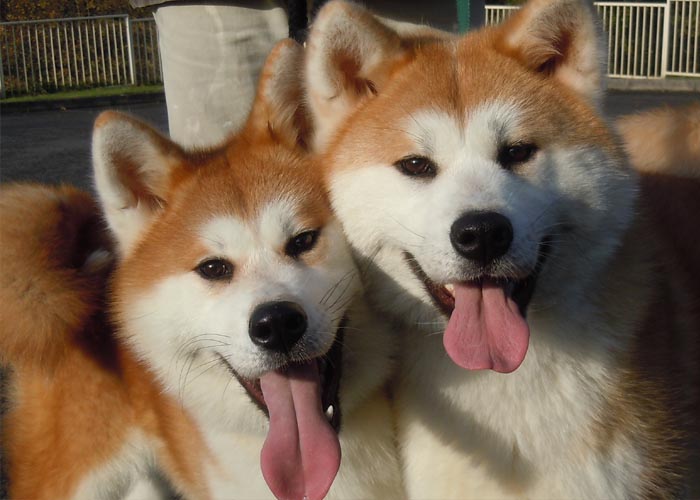
Originating in the Akita, this breed has become the most well-liked in Japan. Local warriors bred it for its hunting, defensive, and offensive abilities. Many nations avoid them because of the risk they may pose. The first examples of this breed may have existed as many as 3000 years ago, making it a very old one. They also suggest that the English Mastiff and the Tosa Inu were bred with canines later on to increase their size and aggression.
After seeing the dedication of Hachik, it’s clear that the Akita is a valuable part of Japan’s natural heritage. This sturdy canine may be found in white, speckled, red, or sesame tones. Their webbed feet, tiny eyes, and forward-pointing ears help them succeed as swimmers. This is a timid, quiet, protective, cautious, and highly loyal breed.
JAPANESE SPANIEL

Often referred to by the name “Japanese Chin,” this breed is a loyal companion that enjoys being by your side. Despite the fact that their name would lead you to believe otherwise, they are really a uniquely Japanese breed of dog. The first Japanese Spaniel may have been a gift from the Korean king to the Japanese empress in 732 BC.
This dog’s lineage may be traced back to both the Pekingese and the Shih Tzu. The Japanese Chin may put on up to 3 kilograms, but that doesn’t mean it can’t be its own person. They’re the kind to take a nap on a high table or perch themselves up on a couch.
TOSA INU
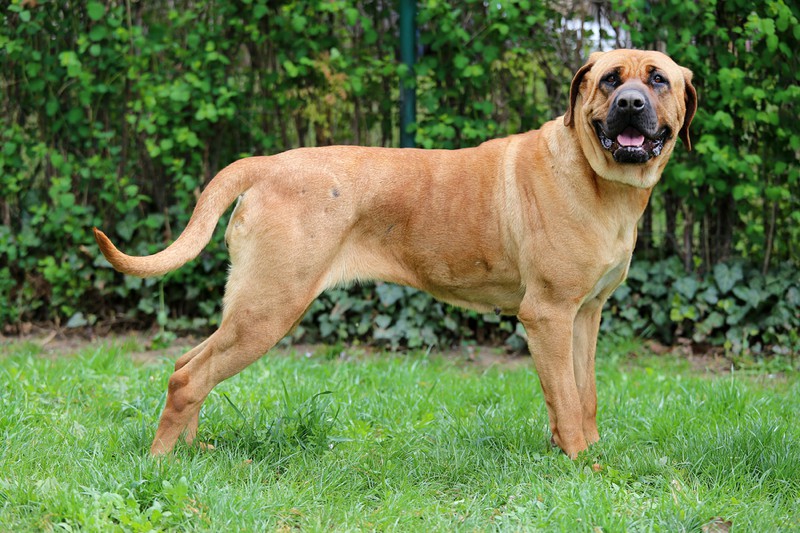
The Molosser is a huge and powerful dog breed. They were developed in the middle of the nineteenth century by deliberately mixing several kinds. The shorthaired German Pointer, for instance, is related to St. Bernard, the Mastiff, and the Great Dane (for his fighting and protection).
Specific permission is required to keep and breed these animals in several countries since they are considered hazardous breeds. Their short hair is a light brown, red, or speckled color, and their skin is pale. This breed of dog may grow to be 100 kg in weight.
JAPANESE TERRIER
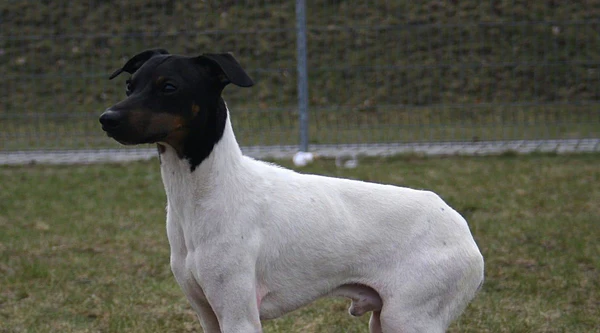
This dog breed, which is native to Japan but goes by a different name there, is almost extinct there. Some locals blame the arrival of Dutch merchants in Nagasaki for the sudden appearance of Terriers. In no time at all, they became everyone’s favorite pets, and they gained widespread acclaim in Yokohama and other ports as well.
These canines stand at a lofty three feet and have a coat of pure white fur, almond eyes, and a sleek black topknot. They’re happy and watchful, and some even believe they can read their owners’ emotions via their expressions.
JAPANESE SPITZ DOG

One of Japan’s most “graceful” canine breeds. There are several striking similarities between this breed and the Pomeranian, Samoyed, and American Eskimo. The Spitz, on the other hand, has a big and round head, triangular ears that stand up, and long, pure white fur (excluding the face and legs).
Their coiled tails resemble hair. An ideal pet since it is a lively creature that keeps a watchful eye on its master. It also works well in domestic settings. In order to get the “cotton ball” appearance, regular combing is required.
HOKKAIDO INU
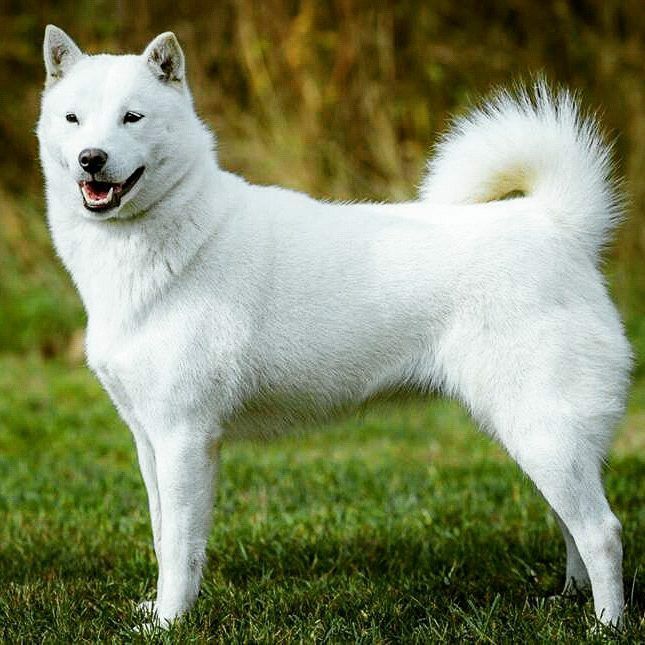
This dog is known by a few different names in Japan, including Seta, Ainu-Ken, and Ainu. Do-ken is a common shortening of their name. The term “Hokkaido” refers to their place of origin, the island of Hokkaido.
Dogs of this breed tend to be medium stature, with short, triangular ears. It is long and coarse, and it comes in two distinct shades. This breed is hardy, fearless, and loyal, and they can even handle subzero temperatures. Additionally, they have excellent navigational skills, are fearless when confronted by a bear, and get along well with young people.
Summary
Here are some examples of well-liked dog breeds in Japan. You’ll have a great time with them since they’re brilliant, kind people.